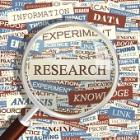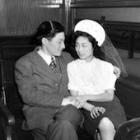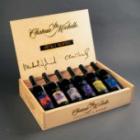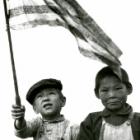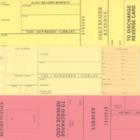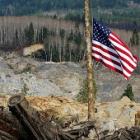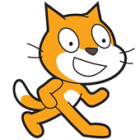
Making public art more public: digital curation of a collection
With over 400 permanently sited artworks in their collection, the Office of Arts & Culture has advanced Seattle’s reputation as a cultural center for innovation and creativity. Increasing accessibility to this unique cultural collection introduces a new audience to the collective history of the artworks and the history of Seattle. One of the ways this has been achieved is by showcasing artworks on the Public Art Archive, a national online database of public artworks. By designing a digital curation of content from the collection, the artworks can be used for educational purposes, research, and artistic inspiration. The curation of art objects included preparation and organization into an established dataset. Each object entry includes information about location, description, artist statements, and images. Digital curation of this collection demonstrates how to provide a framework for collection accessibility while highlighting how the Office of Arts & Culture has invested in public art.

